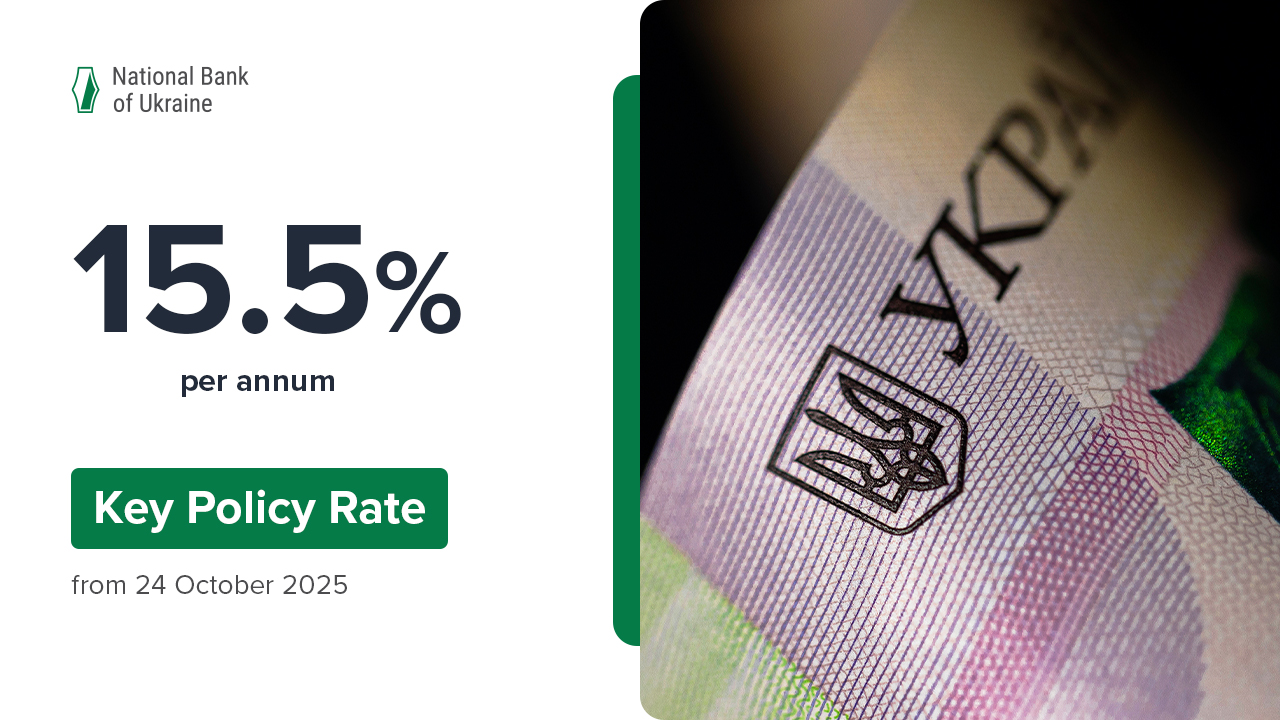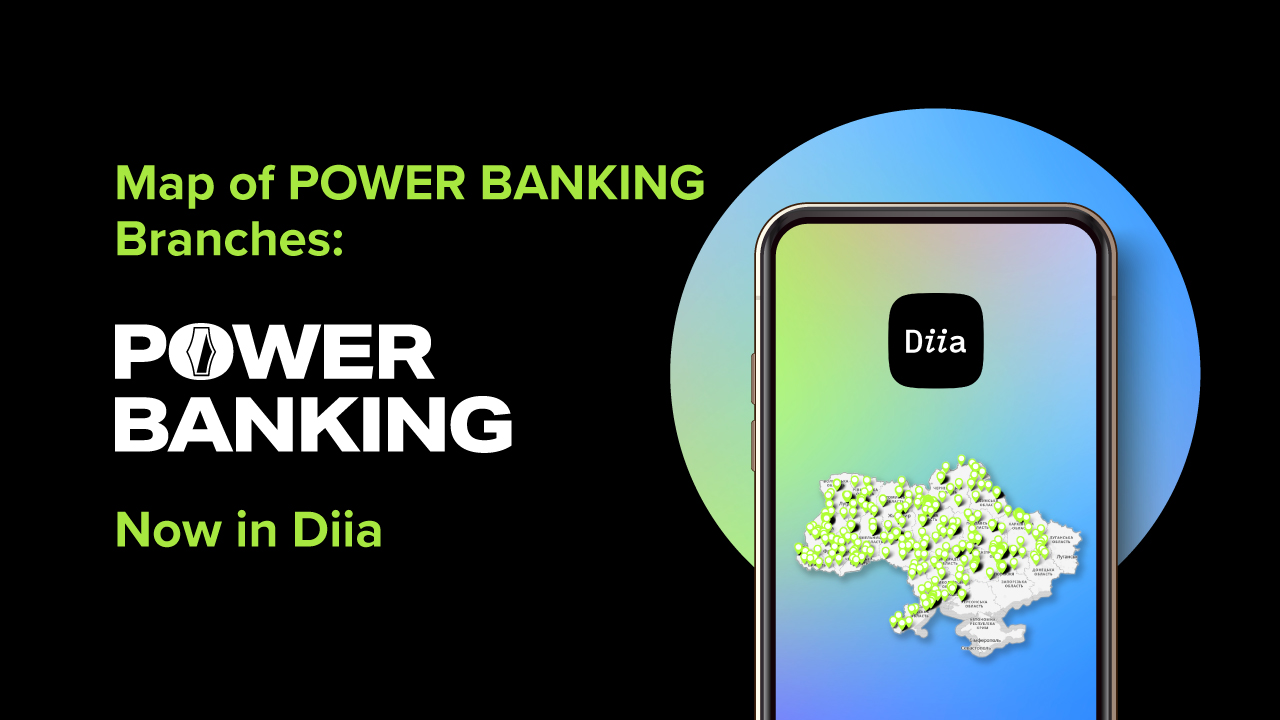Last week, the top management of the National Bank of Ukraine (NBU) held a meeting with the representatives of non-bank financial institutions to present and discuss the Draft White Paper “The Future of Regulating the Non-Bank Financial Sector”. On 22 October 2018, the NBU published the draft model for regulation of non-bank financial markets for public discussion with the market participants, which will be open till 22 November 2018.
The first in a series of events gathered more than 500 top managers of insurance and leasing companies and credit bureaus, members of professional associations, experts, international donors, and MPs. First Deputy Governor of the NBU Kateryna Rozhkova and members of the Committee on Financial Policy and Banking Pavlo Rizanenko and Ruslan Demchak were the ones to speak with the participants of the non-bank financial services market. The questions from the market participants were also answered by Oleksandr Bevz, Director of the Licensing Department, and Mykhailo Vidyakin, Acting Director of the Strategy and Reforming Department.
At the two-hour meeting, the NBU’s representatives have explained the main requirements underlying the new draft regulation framework (in particular, adequate equity, compliance with the laws on financial monitoring, and transparent ownership structure) and answered the questions that were of particular interest to the meeting’s participants.
After having summarized all questions on the new regulation, we selected the top 5 of them that worry the market most.
1. Will all companies ‘survive’ the new capital requirements (the minimum required capital will amount to EUR 3.2 million for life insurance companies and EUR 2.2 million for property and casualty insurance companies) and the implementation of the Solvency II Directive?
Answer: First, the Solvency II Directive provides for the introduction of a new principle of proportionate regulation. This will allow for the middle-sized and regional insurance companies to operate under a simplified procedure. It is planned to introduce the proportionality in stages with due account for the specifics of various insurance and reinsurance organizations.
The main criteria to be taken into account are:
- the volume of insured risks;
- types of activities;
- the scale and complexity of business (including the number of insurers).
Second, the NBU plans to develop an adjustment schedule for insurance companies to meet the new requirements only after a thorough study of the insurance market conditions and taking into account the feasibility of deadlines and the actual capability of insurers to meet the requirements.
2. Will there be any relicensing of companies once the NBU becomes a regulator of the non-bank financial sector?
Answer: There will be no relicensing. This is a myth often used by the opponents of the Split. All licenses issued by the National Commission for the State Regulation of Financial Services Markets will remain effective, including the permanent ones. There will be no automatic revocation of licenses.
3. Will the NBU introduce the practice of assessing the business plan of a company when issuing a new license, as is the case in the banking market?
Answer: Developed by the NBU, the concept of licensing of NBFIs involves a number of key innovations. One of them is to introduce the procedure for assessing the business plan of a financial institution at the licensing stage. The development of a proper and sound business plan should increase responsibility of the company’s managers and shareholders and their understanding of possible risks. By assessing company’s business plan, the NBU will be able to analyze its business model and evaluate the potential of a new participant and the adequacy of its resources to fulfil its intentions. This analysis is needed to assess the viability and sustainability of an institution at the stage of initial licensing, so that the regulator will be able to supervise it more effectively.
4. Why does the White Paper contain no description of the procedures for withdrawing insurers from the market and transferring their portfolios?
Answer: The reform of the non-bank financial sector and implementation of the NBU’s vision on the regulation will require major amendments to the regulatory framework. Therefore, the White Paper also describes a model for the new legislative regulation of financial services markets. The White Paper does not cover the full range of issues concerning the new regulation and supervision of the non-bank financial sector. Moving forward, the NBU intends to issue additional white papers on separate segments of the non-bank financial market. They will contain more details on tasks and challenges of the regulation and supervision by separate market segments.
5. What requirements will be imposed on financial ratios of credit unions? Will the requirement to the minimum capital actually amount to EUR 5 million?
Answer: The new draft model of the regulation provides for different approaches to the regulation and supervision of NBFIs according to their sources and forms of raising the funds for their activities. One segment will comprise all credit institutions, which will be allowed to raise funds from the general public for the purposes of lending and extending other financial services. They will be subject to the capital requirements and other financial ratios of the EU level that have been set by Directive 2013/36/EU on the activity of credit institutions and by Regulation (EU) No. 575/2013 on prudential requirements for credit institutions and investment firms. According to the above documents, the minimum regulatory capital should amount to EUR 5 million.
Of all credit institutions, a special status will be given to credit unions, which will be allowed to provide financial services at the cost of repayable funds without meeting the capital and prudential requirements established by the EU legislation. The fact of not imposing the capital requirements on credit unions is in line with the provisions of Directive 2013/36/EU on the activity of credit unions. However, the Association Agreement with the EU foresees no such exemption for Ukrainian credit unions. The NBU will make every effort to propose the required amendments to the Association Agreement with the EU.
In conclusion, Kateryna Rozhkova noted that transparency, partnership, and a dialogue with the market participants are important to the NBU. Thus, the next meeting will take place before the end of November 2018.
“Please note that this is just a draft version of the White Paper, and it will remain draft until we agree with the market on all issues and rules,” summarized First Deputy Governor of the NBU.
The presentation shown at the meeting can be found here.
The Draft White Paper is available here.
Please send your comments on the draft document to [email protected] till 22 November 2018.
The next meetings for discussion of the draft model for the regulation of all participants of the non-bank financial markets are to be announced.







